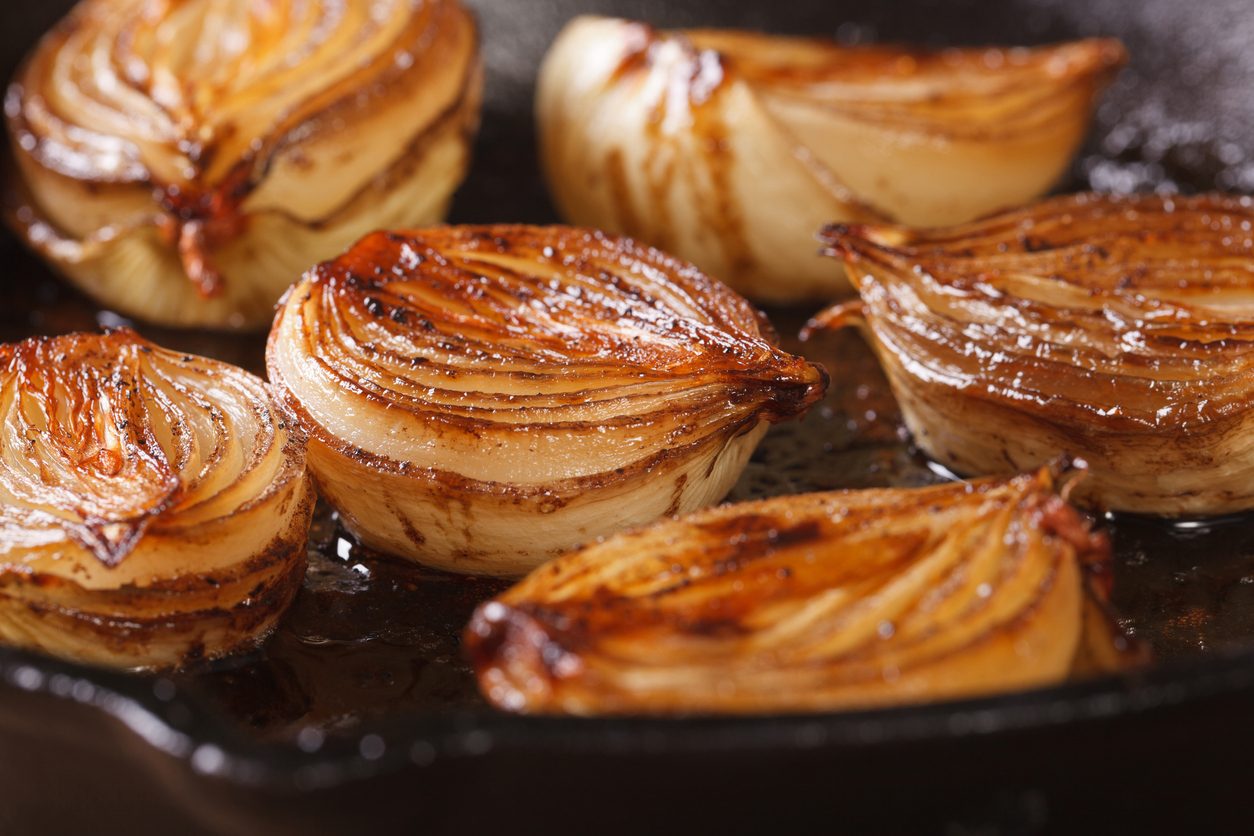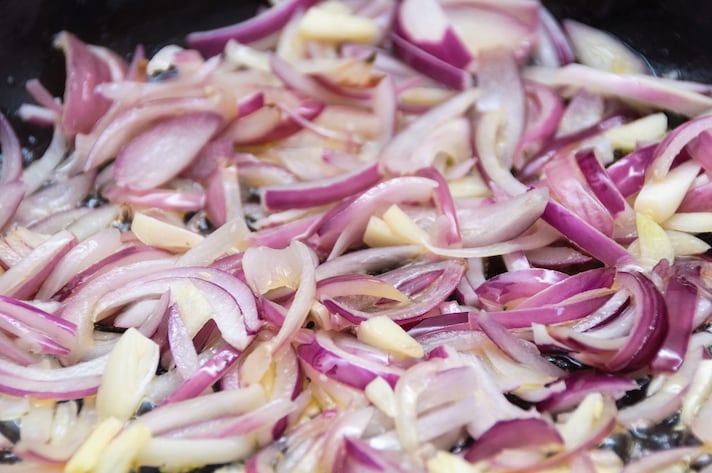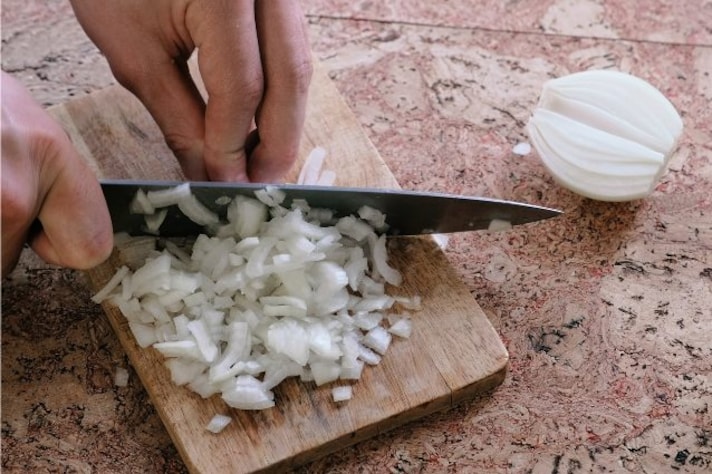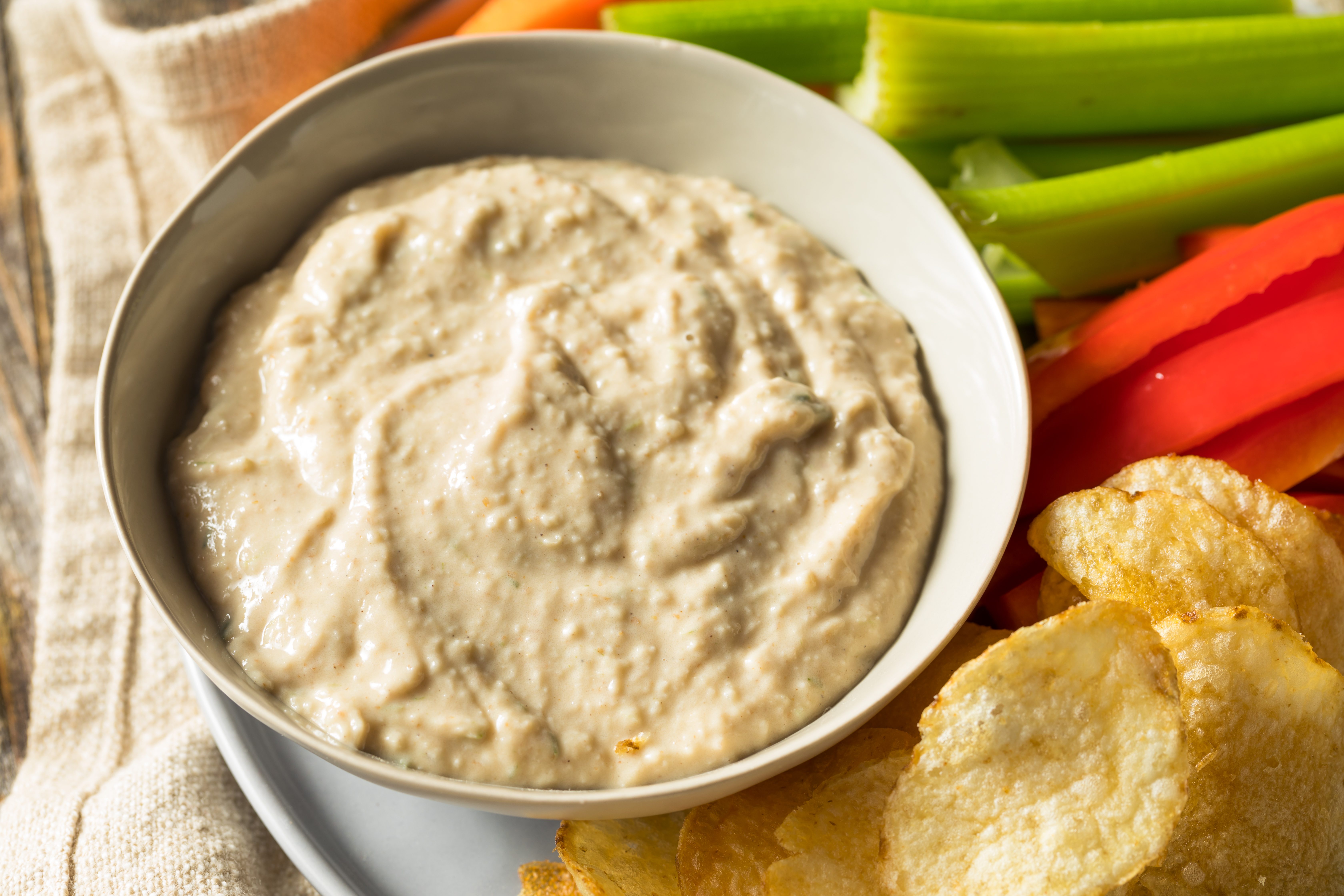The Difference Between Cooked Onions and Caramelized Onions
Onions are very popular ingredients in food-making all over the world and can be enjoyed in various forms. In this article, we explore how cooked onions differ from caramelized ones.
;)
There is a good reason why onions are a staple all over the world. Not only are they very healthy, they impart different flavors and textures based on how you prepare them. Whether you’re sautéing, grilling, roasting, or caramelizing, each method unlocks unique qualities
Today, we explore cooked and caramelized onions to help you understand when to use each method for your dishes' desired flavor and texture.
Browning vs caramelizing

Browning and caramelizing seem similar, but they're very different processes and yield different results. Browning onions, often achieved by sautéing, is a quicker method that also involves the Maillard reaction.
This chemical process creates distinct flavors and a savory depth. It occurs between amino acids and reducing sugars, giving browned foods a distinct flavor and enhancing the savory notes of the onions without significant sweetness.
Browning is a quicker method and is best for dishes that need a rich, umami quality without much sweetness. On the other hand, caramelizing onions is a slow process where, though the onions brown, the natural sugars break down over low heat, resulting in a sweet, rich flavor profile.
This sweetness is unique to caramelized onions and sets them apart from their browned counterparts. Browning is perfect for dishes like meaty patty melts or anywhere where you want a robust onion flavor.
Sautéing vs caramelizing

The two methods start the same way. Sautéing is about softening and lightly flavoring the onions, while caramelizing is about developing a rich, sweet complexity. Unfortunately, you can't swap one out for the other without changing the flavor profile of your dish.
Sautéing onions quickly brings out their natural flavors while maintaining some brightness. To make sautéed onions, cook them in fat (or water) until they're translucent or slightly golden. Sautéing is the best for when you want a soft texture and a mild onion flavor, such as the base for soups or sauces. In contrast, caramelizing onions is a more time-intensive process. Still, it transforms the onions into a deep brown jam, reaching a level of sweetness that sautéed onions just don't achieve.
Grilling or roasting onions vs caramelizing

Cooking onions by grilling or roasting them offers a flavor profile that's different from caramelization. When onions are grilled or roasted, they develop a charred, slightly smoky exterior but still retain a somewhat crunchy texture inside.
If you want to add a smoky flavor to dishes and have a firmer onion texture in them as well, this is a good method. Two great ways to use grilled or roasted onions are in salads or as a standalone side dish. A great tip when roasting includes making sure you use the correct onion — yellow onions are great for this method — and you should consider not removing the onion peel before roasting.
Preparing the onions this way gives your vegetable a toasty flavor, but it doesn't impart much sweetness. Caramelized onions, however, cook slowly, and their natural sugars intensify to create a sticky, sweet, and soft dish.
;Resize,width=767;)
;Resize,width=712;)
;Resize,width=712;)
;Resize,width=712;)
